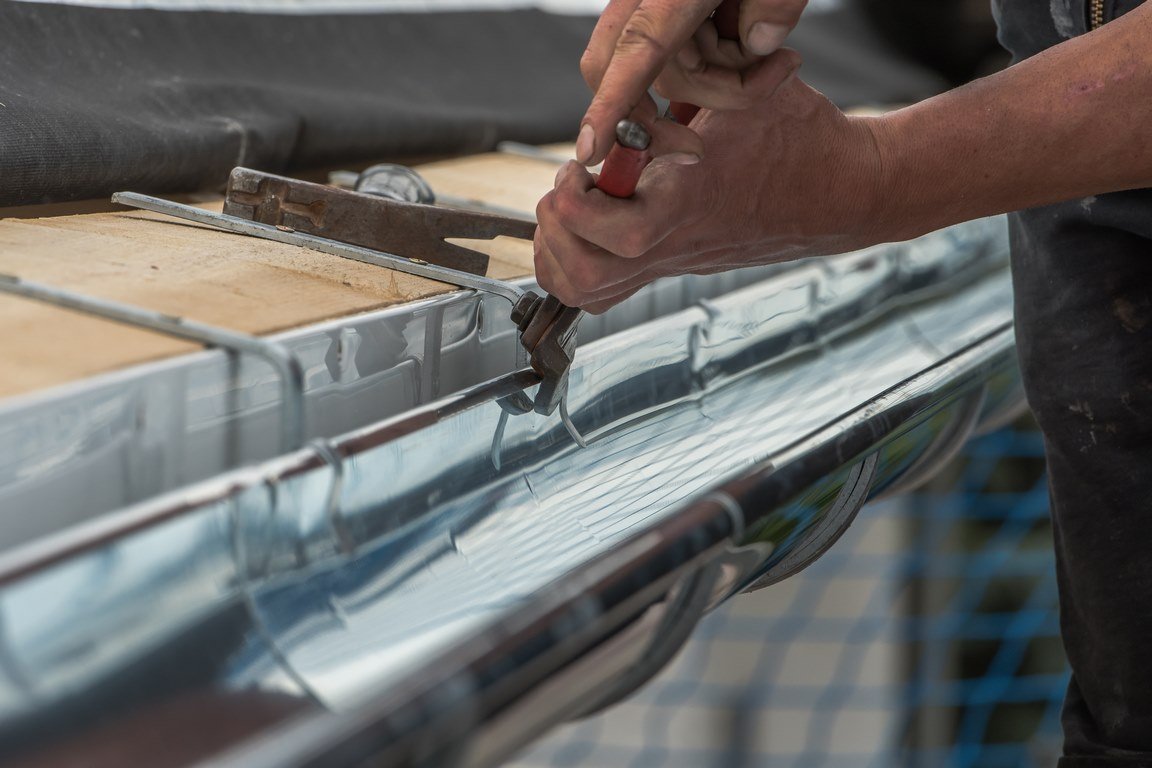Table of Contents Show
The average lifespan of a rain gutter is around 20 years. But after experiencing heavy rains, a blast of strong winds, and being clogged by leaves and other debris, your gutters become leaky and full of rust. It will require your gutters to be repaired as soon as possible before the problem spreads throughout your home.

As a homeowner, you might think that gutter repairs are something you can do yourself. After all, going DIY (do it yourself) can help you save a couple of bucks and boost your homeowner pride.
But before you charge yourself into your damaged gutters, it’s best to learn the common mistakes most people make when trying a DIY gutter repair. Since things can go wrong in the process, consider hiring Greater Seattle Gutters or any gutter repair service provider in your area. With their skills, you can ensure that your home is in good hands.
But if you have the guts to take on the challenge and repair your gutters yourself, here’s a list of all the mistakes you need to avoid. Knowing all of this can be helpful whether you address the problem yourself or hire a gutter expert.
1. Installing Gutters, The Wrong Way
Many homeowners are installing gutters that are either too forward or too level. These gutters might have difficulty draining rainwater effectively. As a result, the water will accumulate, fill the gutter like a mini pool, and eventually overflow.
Water will start to slide through your walls and enter your home, causing dangerous household issues. Such issues include mold growth, health risks, poor indoor air quality, bacterial growth, and weakened soil foundation. And if the problem worsens, it will cost you money in the long run.
To fix this common installation issue, remember the rule of thumb when installing a gutter. It says that a gutter should have a slope of no more than an inch for every 40 feet. This way, your gutter won’t be too level or too forward anymore, and you don’t have to worry about the water overflowing.
Read Also:
2. Using The Wrong Gutter
Rain gutters often come in different shapes, sizes, and materials. For someone who doesn’t have enough knowledge about them, it can be difficult and overwhelming to identify which type is the right one for your home.
Homeowners who attempt to repair or choose a gutter themselves risk selecting the wrong one. The only way to prevent installing the wrong one is to purchase one of the best quality that fits your budget.
Even if you plan on doing all the repairs yourself, you might still need to consult a roofing expert who understands the best type of gutter for your home. When it comes to materials, aluminum is a popular choice. However, consider other factors, such as gauge and width, to determine the gutter you need to use.
3. Wrong Gutter Placement
Many homeowners assume a gutter should be attached directly to the roof’s edge. It is, in fact, one of the dangerous beliefs you should stop thinking about. Installing the gutter in this manner may only prevent it from functioning well.
This assumption is based on the flow of water down the roof. However, this water movement may not be as predictable as you think. In fact, instead of falling directly to the gutter, water often seeps in underneath the roof’s edge.
That said, the placement of the gutter should be a couple of inches under the roof instead of the usual outermost edge. It allows the gutter to catch any water falling underneath the roof.
4. Incorrect Hanger Spacing
Hangers are essential tools often used to attach the gutter to the roof and keep it in place. Also, they offer a structure that supports your gutter, preventing it from sagging.
If the hangers are placed too far from each other, they might not be able to support the gutter efficiently. It will cause the gutter to sag once the rain starts to pour heavily or when the leaves and other debris pile up. A sagging gutter will never be able to execute its function properly, which often leads to overflowing.
To avoid this, it’s best to follow the general hanger spacing of around three feet. But remember that they must be installed closer together for gutters with a pile of snow. It is due to the melting of snow that can add more pressure to the gutter—hence, closer hanger placement is required for extra support.
Final Words
Repairing a damaged gutter all by yourself can be pretty exciting. However, it often leads to more and more problems, especially if you don’t have enough expertise or experience in DIY roof repairs.
That’s why you must know all the mistakes you must avoid before getting started. Doing so can help you save time, money, and energy. But don’t forget to ask for professional help whenever necessary.










